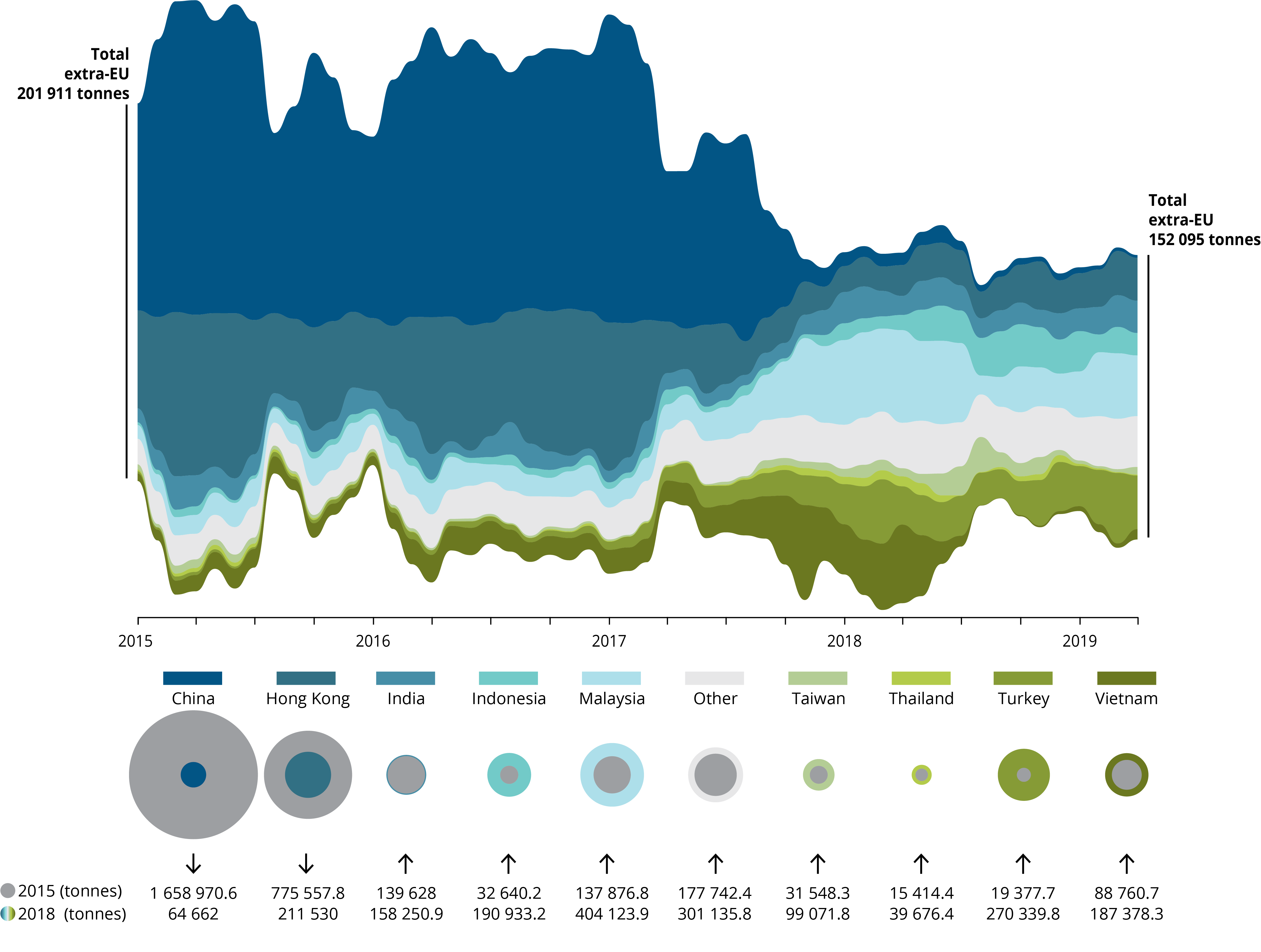New e-learning courses in cooperation with EU IP offices
October 29, 2019 Learning
New e-learning courses in cooperation with EU IP offices

The EUIPO, together with the intellectual property offices of the EU Member States and the Benelux Office for Intellectual Property (BOIP), has developed a new series of tailor-made tutorials as part of the European Cooperation Projects (ECP).
The EUIPO’s Academy Learning Portal now offers a module on ‘Trade Mark Reform: National Practice’, which aims to inform users about the main changes in respect of the transposition of the new Trade Mark Directive into national law.
Representatives from BOIP and 15 EU IP offices adapted the tutorials to suit their national practice and subsequently recorded them during an implementation workshop in May, within the framework of the ‘ECP3 Academy Learning Portal’ cooperation project.
The new training modules are framed around the following headings/questions: What is the purpose of the trade mark reform? What has changed in regards to filing an application? Has the registration process changed? What has changed for trade mark owners?
The catalogue has recently been completed with other modules on ‘How to Protect a Trade Mark’ and ‘How to Protect a Design’, a set of tutorials providing guidance on trade mark and design practices within each EU Member State. The tutorials have also been made available on the websites of the participating offices.
More information can be found in the EUIPO’s Academy Learning Portal.





